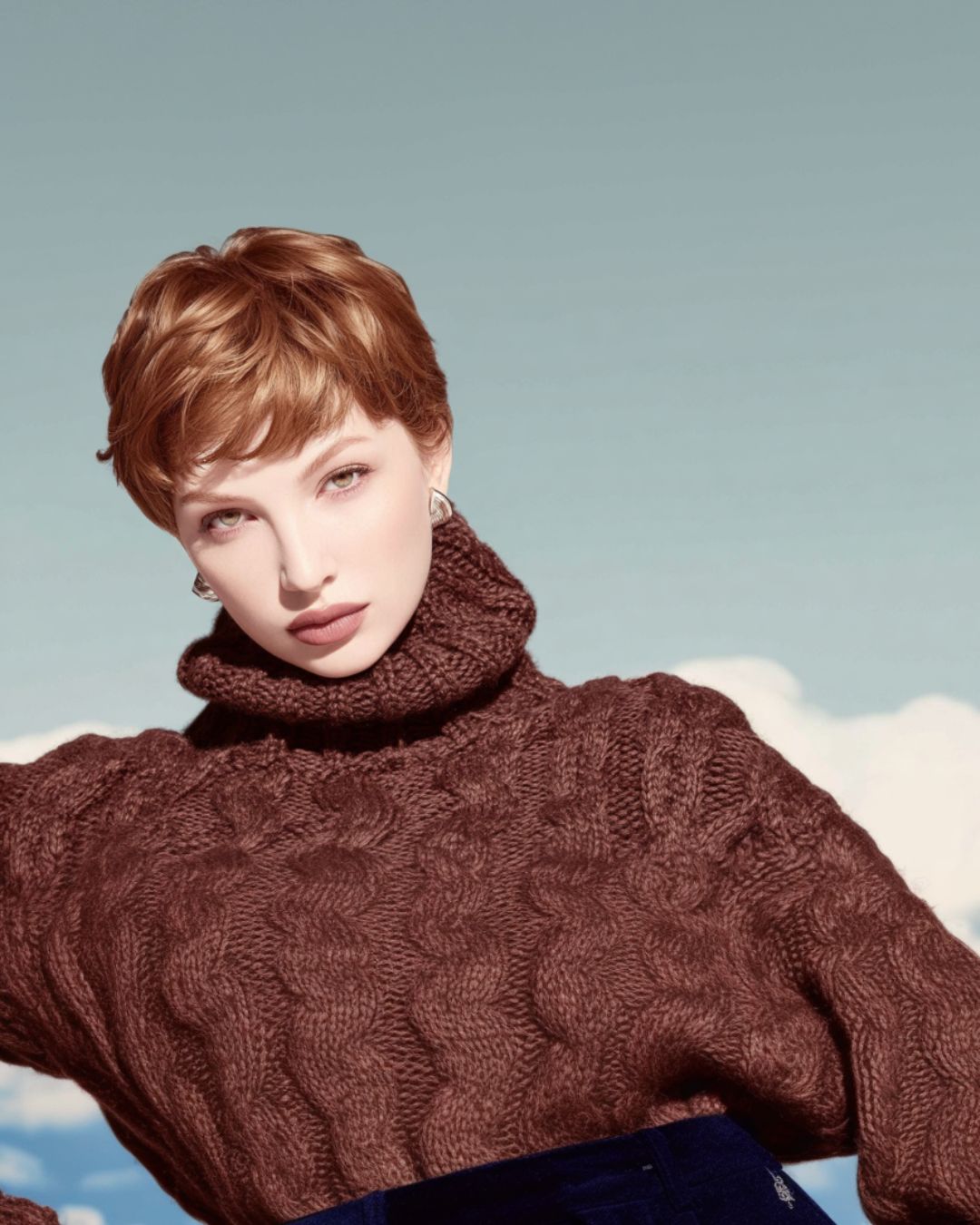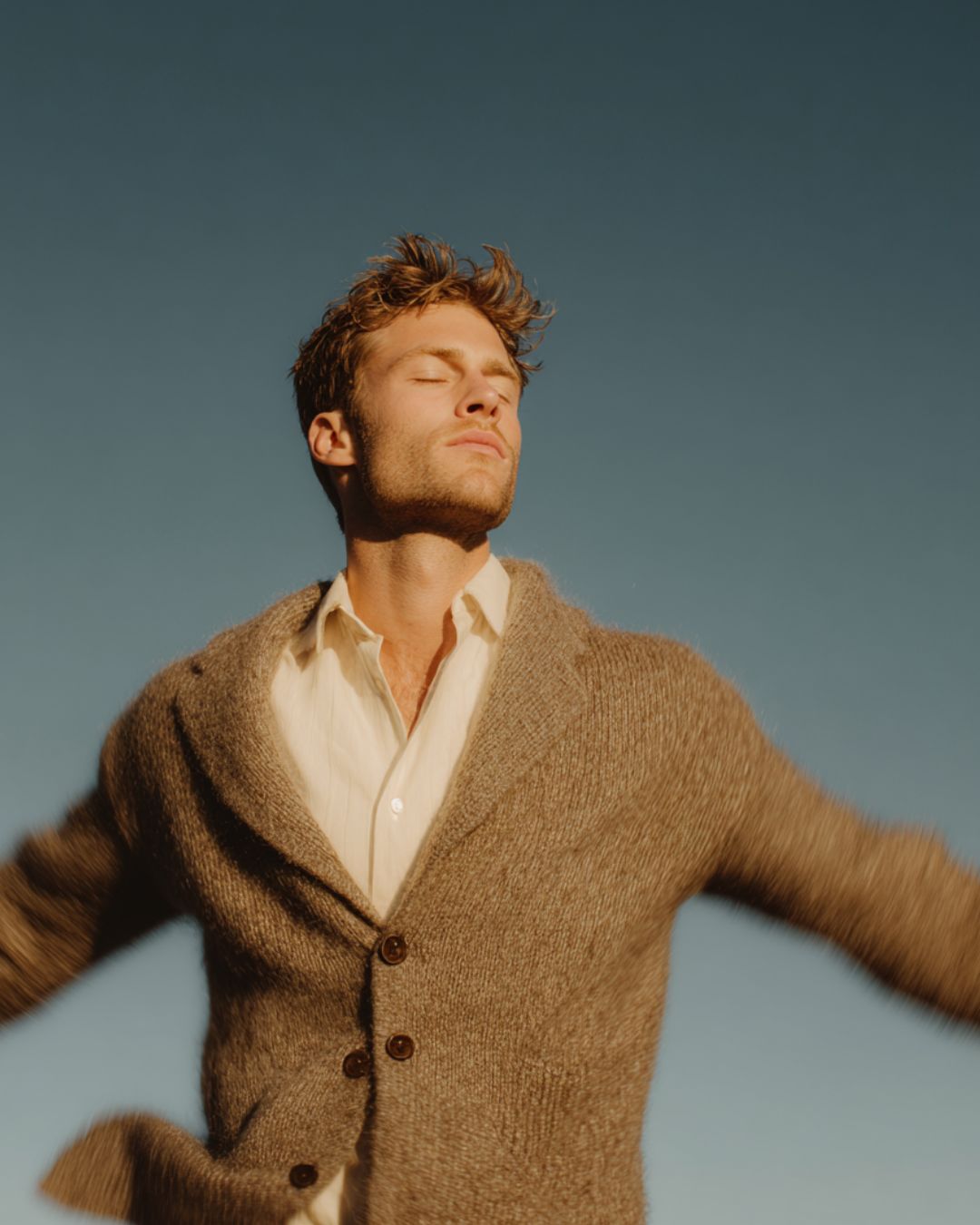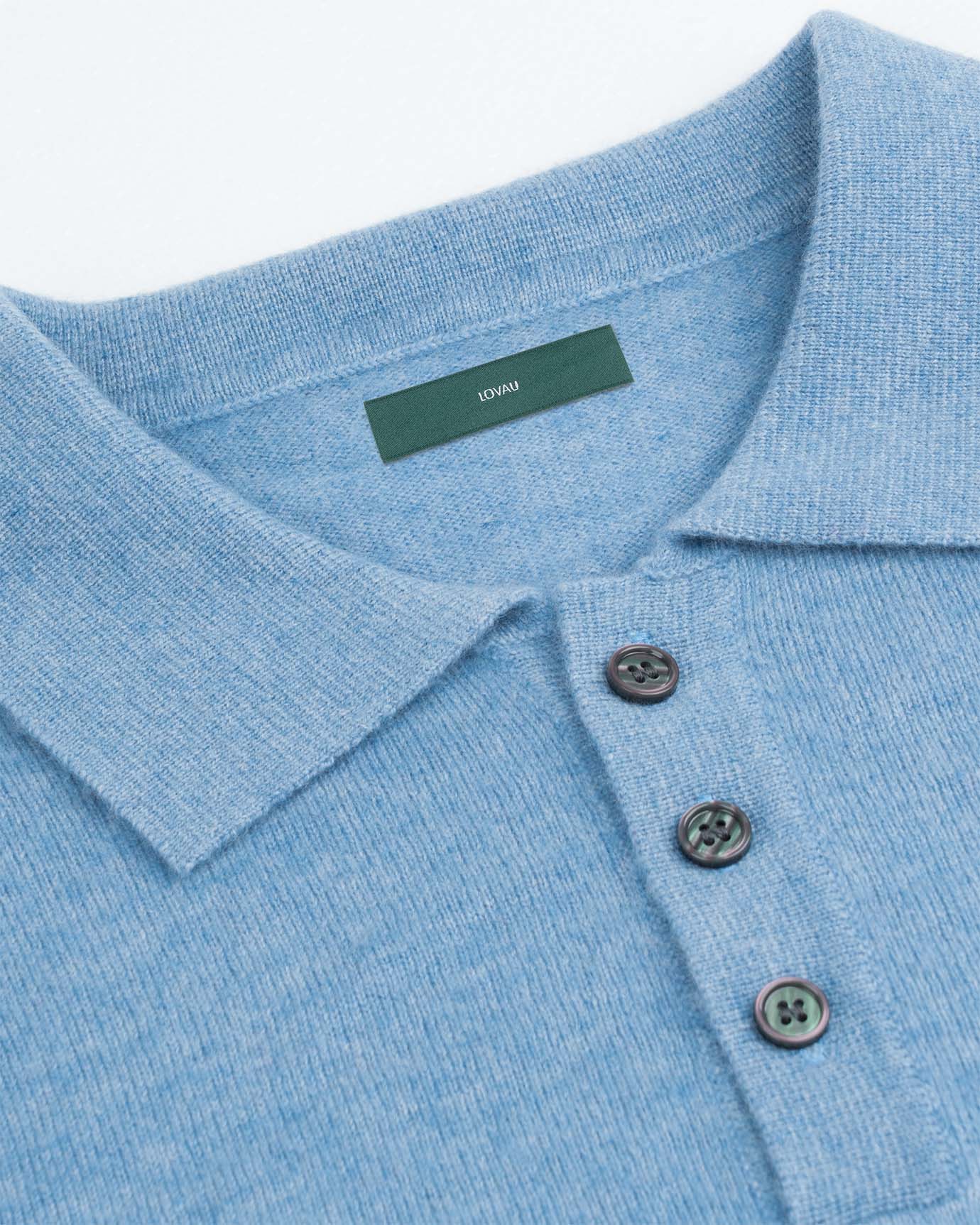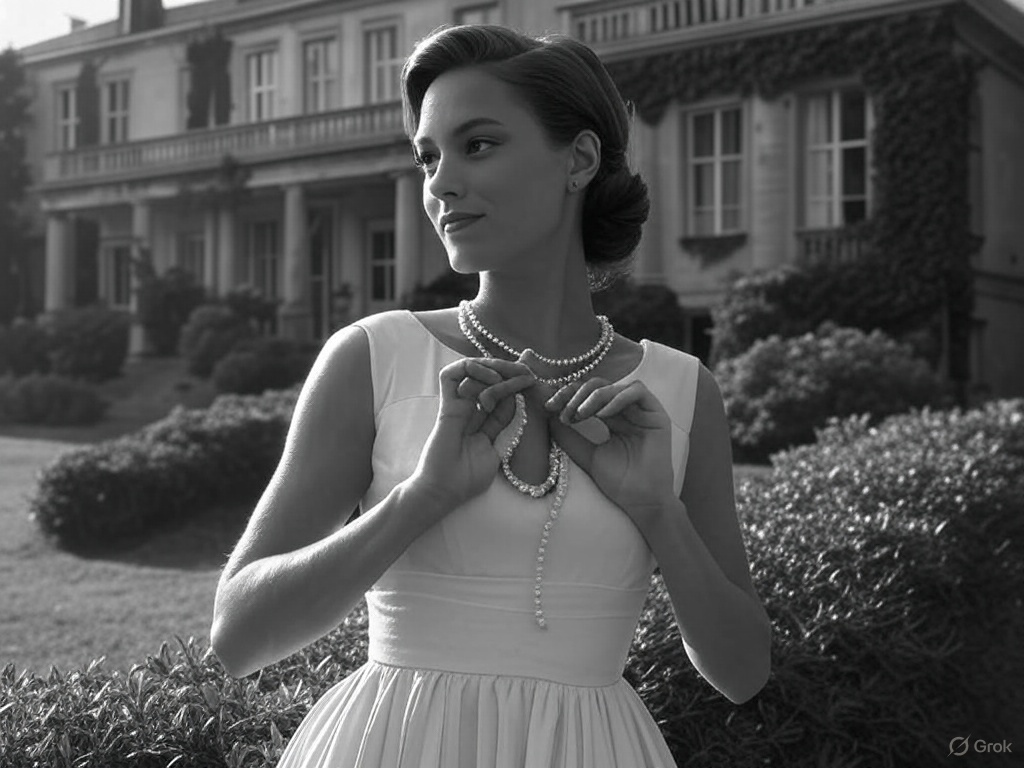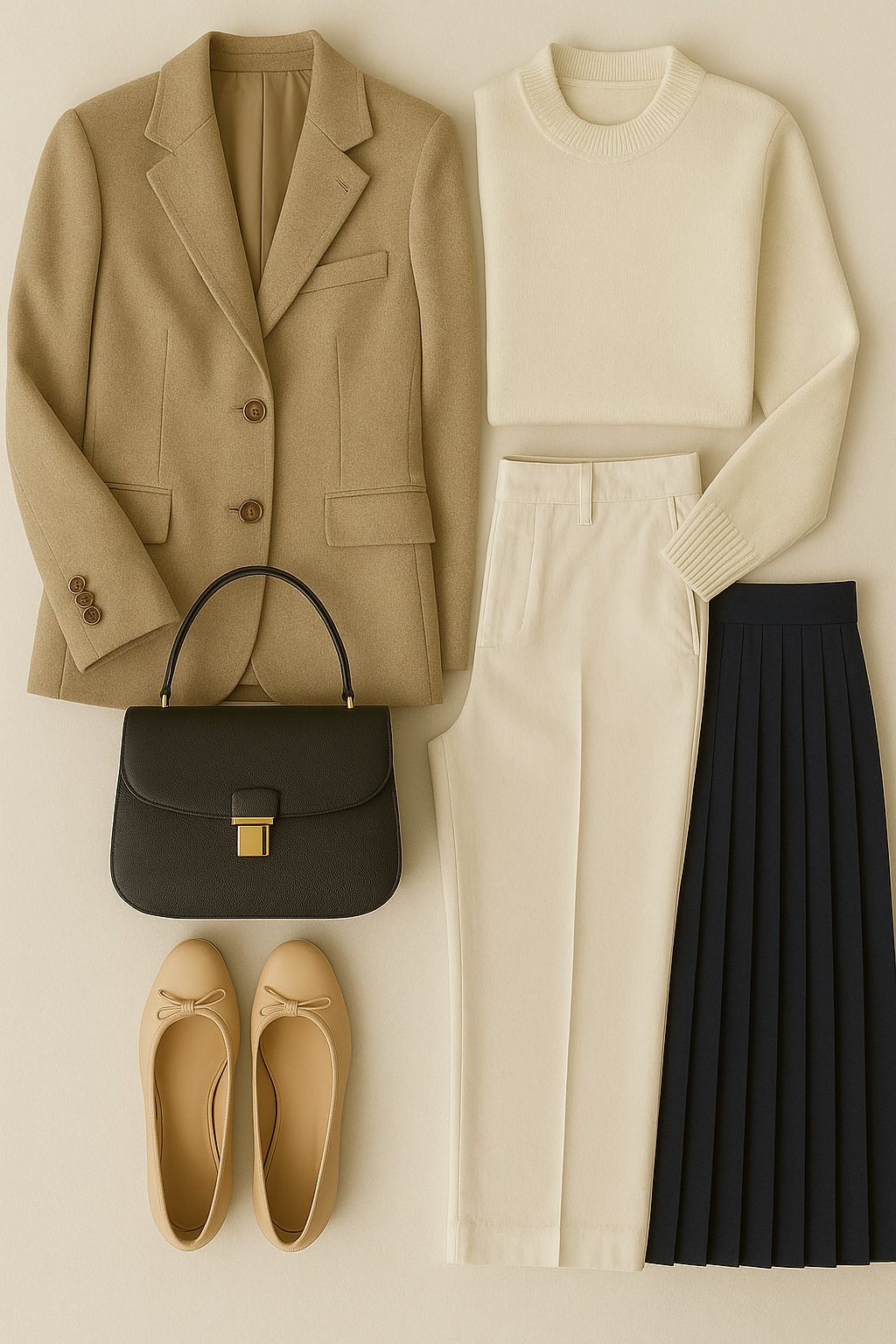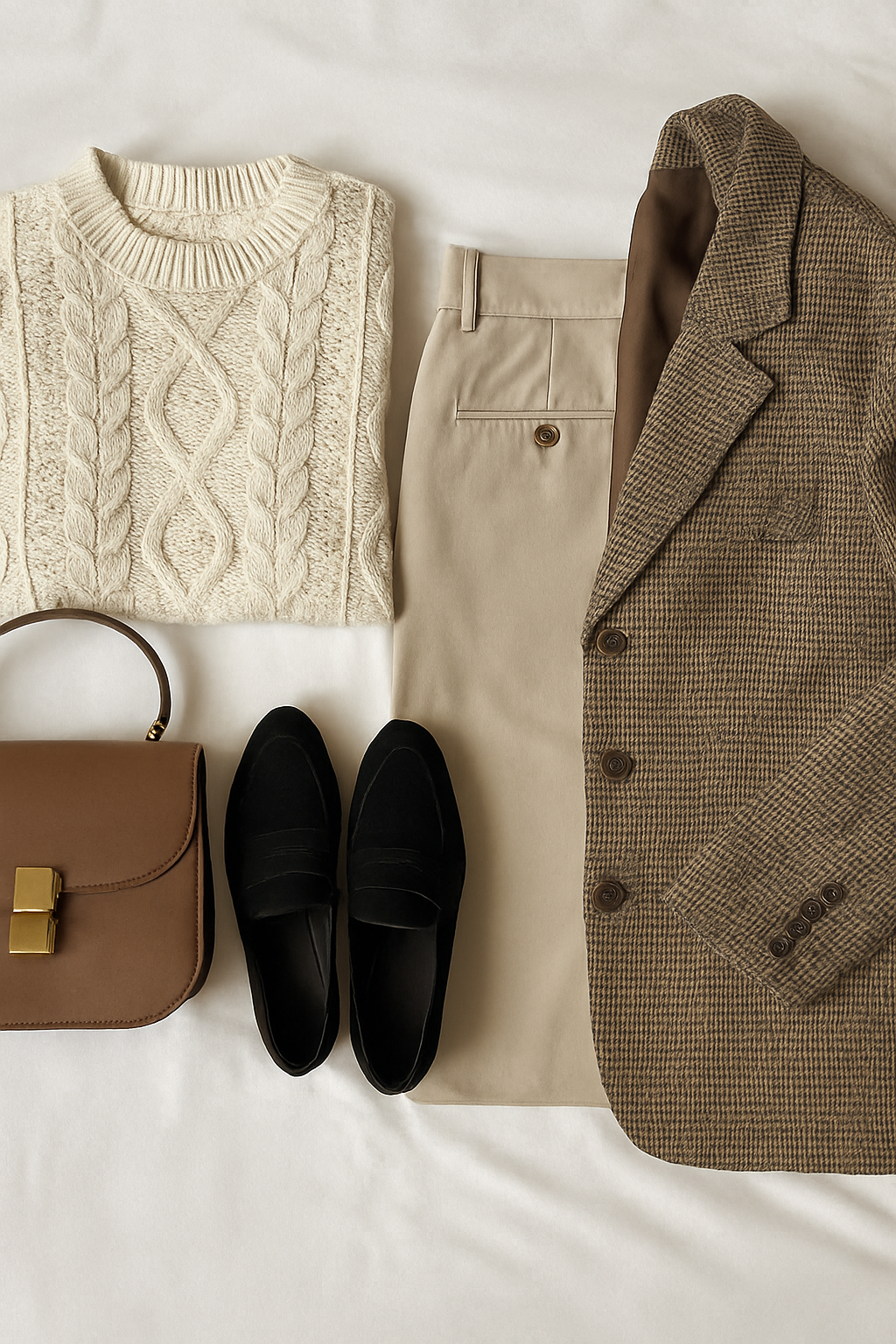
Ästhetik erklärt: Geschichte, Schlüsselstücke und wie man sie trägt
Die Old Money Ästhetik ist ein zeitloser Mode- und Lifestyle-Trend, der dezenten Luxus, Tradition und dezente Eleganz ausstrahlt. Diese Ästhetik wurzelt im Generationenreichtum und dem Stilgefühl von Aristokraten und Elitefamilien und schöpft aus klassischen Traditionen der europäischen und amerikanischen Oberschicht. In diesem umfassenden Leitfaden erkunden wir die Geschichte von Old Money , wichtige Kleidungsstücke und zeigen, wie Sie diesen raffinierten Stil in Ihre moderne Garderobe integrieren können.

Die Geschichte der Old Money Ästhetik
Die Geschichte der Old-Money-Ästhetik geht zurück auf die europäische Aristokratie und die amerikanische Elite des Gilded Age. Familien wie die Rockefellers, Kennedys und Vanderbilts prägten einen Lebensstil, der von Reichtum, Tradition und Zurückhaltung geprägt war. Im Gegensatz zu den Trends der Neureichen, die mit Opulenz protzen, setzt der Old-Money-Stil auf Subtilität und Raffinesse.
Im Mittelpunkt dieses Looks steht das Konzept des stillen Luxus – Qualität und Schnitt der Kleidung sprechen für sich, mehr als Logos oder auffällige Marken. Denken Sie an Tweed-Blazer, Kaschmirpullover und maßgeschneiderte Hosen. Diese Ästhetik beschränkt sich nicht nur auf Kleidung, sondern spiegelt einen ganzen Lebensstil voller Kultiviertheit, Bildung und kultivierter Hobbys wider.

Schlüsselstücke, die den Old Money Look definieren
Konzentrieren Sie sich bei der Zusammenstellung einer Old Money-Garderobe auf zeitlose und hochwertige Artikel, die nie aus der Mode kommen. Ziel ist es, eine Capsule Collection zusammenzustellen, die Klasse und Zurückhaltung ausstrahlt.
-
Blazer und Tweedjacken – Strukturiert und in neutralen Tönen, ideal für das Tragen mehrerer Schichten.
-
Pullover aus Kaschmir und Wolle – Weiche, luxuriöse Stoffe, die perfekt für Herbst und Winter sind.
-
Oxford-Hemden und Poloshirts – Frisch, sauber und perfekt für jede Smart-Casual-Umgebung.
-
Maßgeschneiderte Hosen und Bundfaltenhosen – Konzentrieren Sie sich auf Passform und Struktur.
-
Loafer, Brogues und Reitstiefel – Lederschuhe, die Komfort mit Eleganz verbinden.
-
Perlen, Uhren und minimalistischer Schmuck – dezente Accessoires sind der Schlüssel.
Das Schlüsselwort hier ist Zeitlosigkeit . Diese Stücke überdauern Modetrends und behalten Jahr für Jahr ihre Relevanz.
So tragen Sie die Ästhetik des alten Geldes heute
Den Old-Money- Stil an die Moderne anzupassen bedeutet, Tradition mit Minimalismus zu verbinden. Investieren Sie zunächst in vielseitige neutrale Farben – Marineblau, Beige, Weiß und Grau. Wählen Sie gut sitzende Kleidung aus natürlichen Stoffen wie Baumwolle, Wolle und Seide.
Der Lagenlook ist unerlässlich: Kombinieren Sie ein Oxford-Hemd mit einem Kaschmirpullover und einem Trenchcoat. Damen können sich für Midiröcke, Loafer und klassische Handtaschen wie die Hermès Kelly oder eine strukturierte Ledertasche entscheiden. Männer bevorzugen möglicherweise Chinos mit Button-Down-Hemden und marineblauen Blazern.
Wichtig ist, dass diese Ästhetik auch von der Körperpflege und der Haltung abhängt. Das Haar sollte sauber und natürlich sein, das Make-up minimal und die Haltung selbstbewusst, aber dennoch anmutig. Es geht nicht nur darum, was man trägt, sondern auch darum, wie man sich gibt.
Ästhetik des alten Geldes vs. des neuen Geldes
Das Verständnis des Kontrasts zwischen altem und neuem Geld hilft, das stille Selbstbewusstsein des ersteren zu schätzen. Während das neue Geld oft Designerlogos, auffällige Farben und Fast Fashion bevorzugt, setzt das alte Geld auf Diskretion, Tradition und Qualität.
Stellen Sie sich den Unterschied als laut versus leise vor. New Money verkündet Reichtum; Old Money setzt ihn voraus. Diese Zurückhaltung macht die Ästhetik von Old Money in einem Zeitalter, das von Social-Media-Exzessen dominiert wird, so attraktiv.
Das Schlüsselwort für die Unterscheidung lautet hier Luxus – aber raffinierter, überlieferter und kulturbewusster Luxus.
Einen Lebensstil rund um die Ästhetik aufbauen
Neben der Mode geht es beim Old Money-Lebensstil auch um Geschmack, Manieren und eine breite Weltanschauung. Zu den Aktivitäten, die oft mit dieser Ästhetik in Verbindung gebracht werden, gehören Segeln, Reiten, Literaturlesen, Opernbesuche und die Wertschätzung bildender Kunst.
Bildung spielt eine wichtige Rolle – viele, die diesen Lebensstil pflegen, legen Wert auf das Erlernen von Sprachen, Philosophie und Geschichte. Auch die Wohnkultur folgt diesem Beispiel: Denken Sie an georgianischen oder französischen Provinzstil, antike Möbel und klassische Kunstwerke.
Um diesen Lebensstil wirklich zu verkörpern, konzentrieren Sie sich auf Eleganz in allen Aspekten des Lebens – von Ihrem Zuhause bis zu Ihren Tischmanieren.

Tipps zum Erreichen der Old-Money-Ästhetik mit kleinem Budget
Sie brauchen keinen Treuhandfonds, um sich wie altes Geld zu kleiden. Secondhand-Läden, Vintage-Boutiquen und Second-Hand-Designer-Plattformen bieten eine Fundgrube an hochwertiger Kleidung. Setzen Sie auf Qualität statt Quantität und bevorzugen Sie vielseitige Stücke.
Erlernen Sie die Grundlagen des Schneiderhandwerks, um die Passform zu verbessern, und pflegen Sie Ihre Kleidung sorgfältig – richtige Aufbewahrung, Dämpfen und gelegentliche chemische Reinigung sind sehr hilfreich. Wählen Sie dezente Farben und Muster, die den dezenten Ton der Old-Money-Mode widerspiegeln.
Der Schwerpunkt liegt hier auf Investitionen – weniger, aber besser kaufen.



